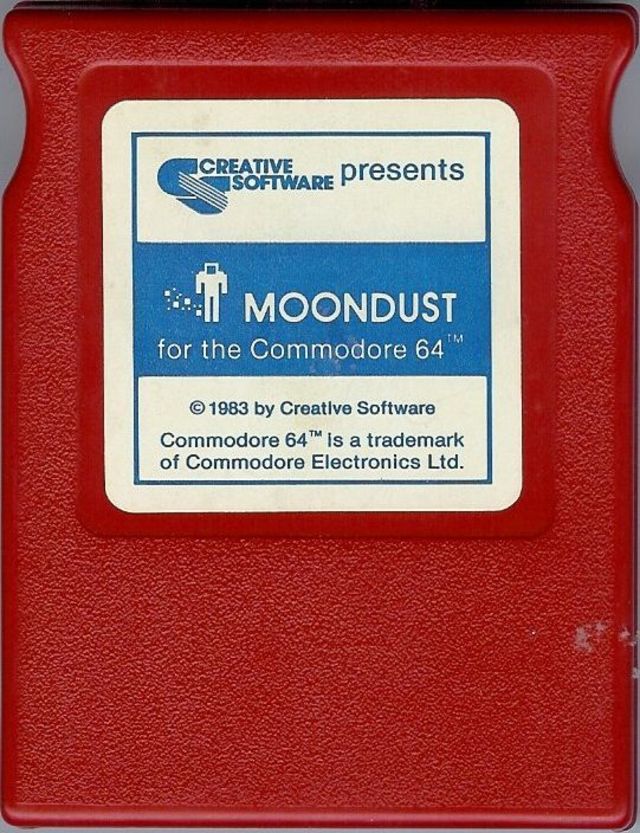
Moon Dust
Commodore 64 1983@4328

Games with music generated at run-time in software, also known as procedural or algorithmic music.
Generative music can be employed for artistic reasons, technical reasons, or as a means of providing adaptivity. Thus, generative game music is not a subset of adaptive game music, but an orthogonal classification that often overlaps with adaptive game music.
See the Generative Music article for more information.
tag : #genmusic games : 18
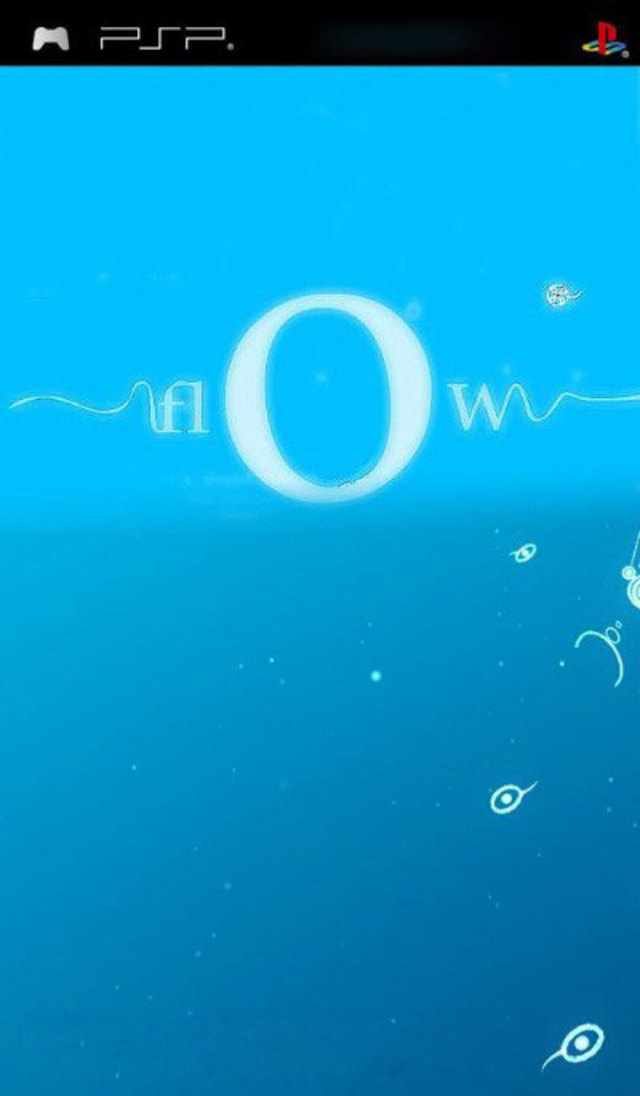
flOw
PSP 2008@45

Killer Instinct
Xbox One 2013@728
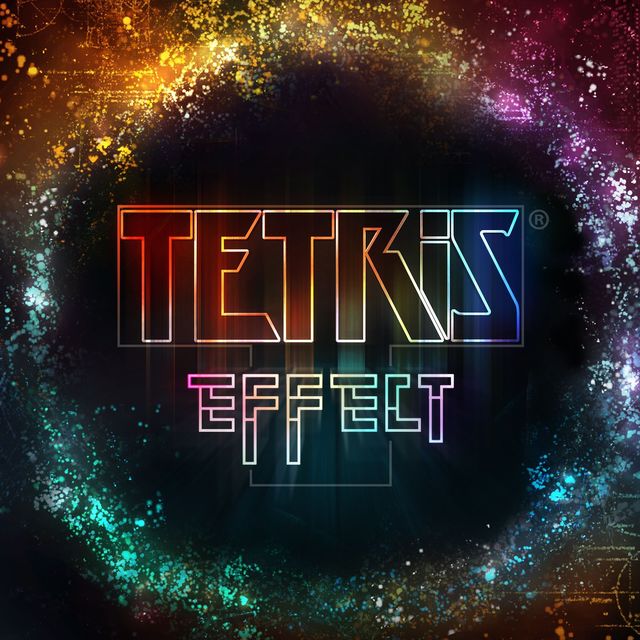
Tetris Effect
PlayStation 4 2018@2069
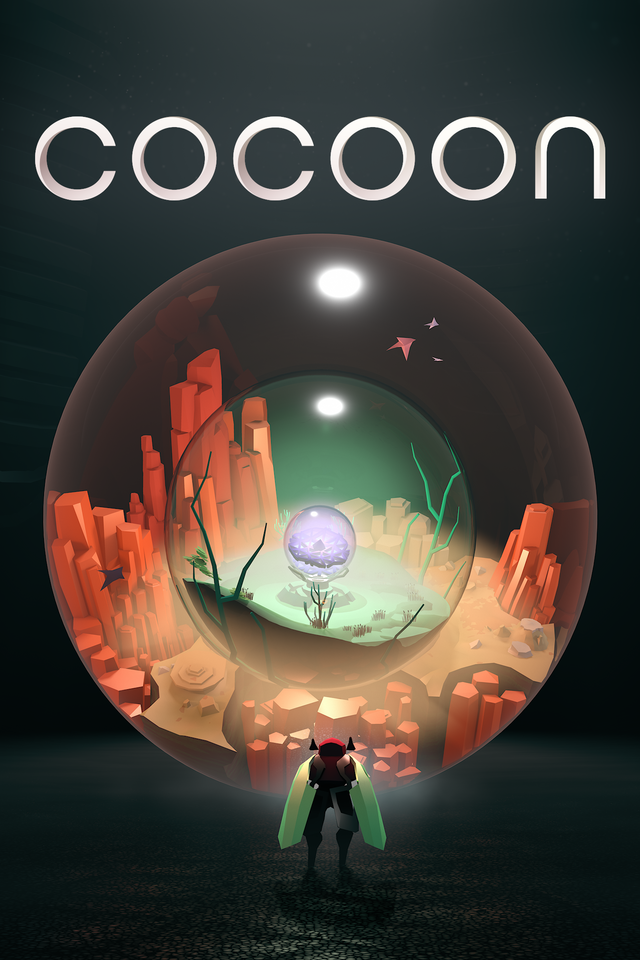
Cocoon
PlayStation 5 2023@3824
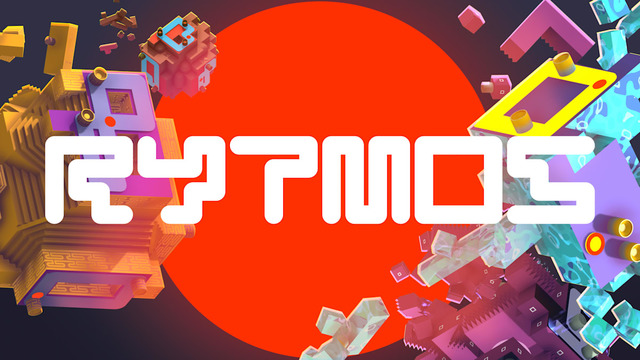
Rytmos
Nintendo Switch 2023@3546
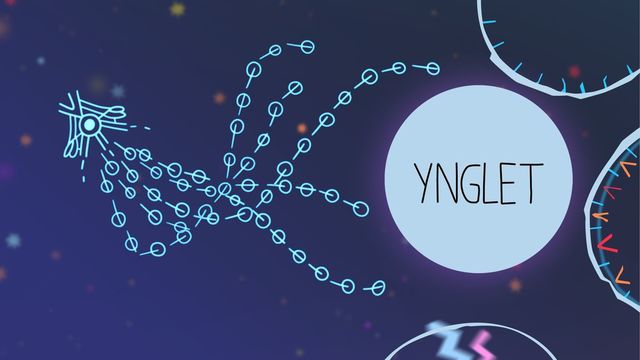
Ynglet
PlayStation 5 2024@4357